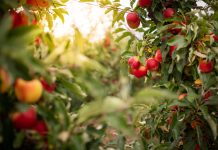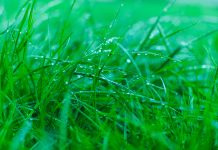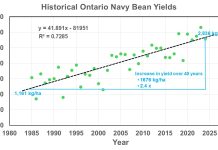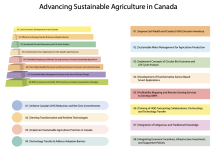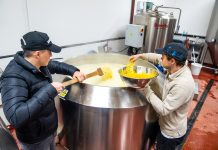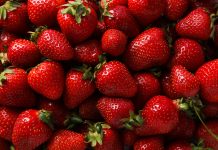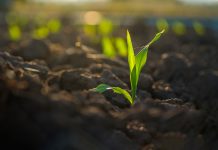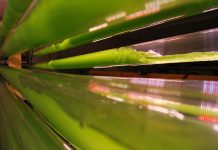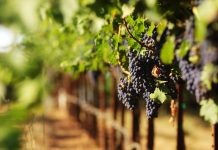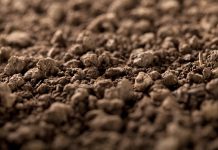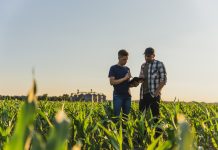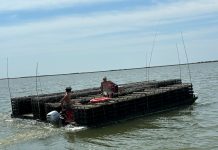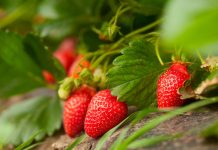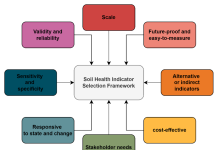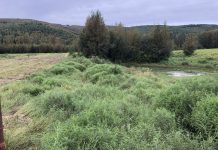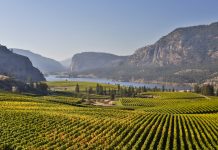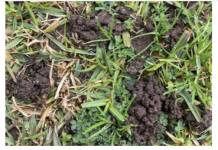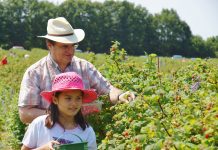Open Access Government produces compelling and informative news, publications, eBooks, and academic research articles for the public and private sector looking at health, diseases & conditions, workplace, research & innovation, digital transformation, government policy, environment, agriculture, energy, transport and more.
Home 2025
Archives
A soil health initiative for revegetation and orchards
Lynette Abbott from The University of Western Australia highlights an innovative soil health initiative for revegetation and orchards.
Breaking the grass ceiling: Gender inequality in agriculture
Professor Sally Shortall guides us through GRASS CEILING, which brings together 25 partners from across Europe to research gender inequality in agricultural and rural policies.
Bean breeding at the University of Guelph: Past and present
Examine bean breeding at the University of Guelph, both past and present, conducted by its Department of Plant Agriculture.
Advancing precision agriculture for sustainable farming in Canada
Canada aims for a more sustainable and environmentally responsible agricultural sector, with precision agriculture playing a crucial role, according to Professor Aitazaz A. Farooque and Professor Qamar U. Zaman.
The role of brewing in the emerging circular economy: A case study
Freddie Ugo from Beyond Belief Brewing Co. discusses the role of brewing in the emerging circular economy by presenting a case study.
Berry industry in Alberta: Exploring the processing system
Aleksandra Tymczak studies the berry industry, an expanding industry in Alberta’s agricultural system. Here, she discusses the current capacity for processing berries as well as the challenges and emerging opportunities to develop the berry processing system.
Unleashing the potential of biology in mining and enhanced rock weathering by bridging the...
Martin Van Den Berghe, CEO of Cytochrome, along with Jayme Feyhl-Buska and Paul Reginato of Homeworld Collective, explore the potential of biology in mining and enhanced rock weathering by bridging the gap between academia and industry.
SoilTribes: Glocal ecosystems restoring soil values, roles and connectivity
This analysis explores how creativity, knowledge-sharing, and the empowerment of local communities can transform our understanding of soil value and protection, focusing on global and local ecosystems that restore soil’s values, roles, and connectivity.
Microalgae as a novel, non-animal source of long-chain omega-3 fatty acids and vitamin D
Charlotte Jacobsen and Emil Gundersen from the National Food Institute at the Technical University of Denmark emphasize the need for new plant-based sources of omega-3 fatty acids and vitamin D3, highlighting microalgae as a promising option and discussing the challenges in harnessing it.
Horticulture: Hormonal therapy for grapevines
Jim Willwerth, Assistant Professor and Researcher at Brock University, Canada, in this horticulture discussion, delves into what we need to know about hormonal therapy for grapevines, including plant growth regulators.
Soil biological amendments for soil health
Lynette Abbott and Bede Mickan from The University of Western Australia, provide insights into research on enhancing soil health using biological amendments.
Are we on the verge of a fourth agricultural revolution?
In this insightful analysis, Professor Guillaume Blanchet from Université de Sherbrooke examines whether we are on the verge of a fourth agricultural revolution and explores new technologies for agroecology.
A new wave in oyster farming: Making oysters cheaper than chicken
After a 37-year career as Lead Seafood Microbiologist at the USFDA, Dr Angelo DePaola decided to tackle a different challenge: oyster farming.
Berry production in Alberta: Improving production system through research
Aleksandra Tymczak studies the berry industry – an expanding industry in Alberta’s agricultural system. Here, she discusses the research activities occurring within the horticulture industry and the impact on berry production and berry producers.
AI4SoilHealth Science: Revolutionising soil health monitoring
Seasoned experts explain here the revolutionising of soil health monitoring through the science of the AI4SoilHealth project.
Impacts of land clearing on areas containing permafrost
Melissa Ward Jones from the University of Alaska Fairbanks explores the impacts of land clearing on areas with permafrost.
Building resilience in Canadian vineyards through grapevine selections
Jim Willwerth, Assistant Professor and Researcher at Brock University, Canada, discusses how to build resilience in Canadian vineyards through grapevine selections.
The importance of earthworms for soil health
In this article, Lynette Abbott from The University of Western Australia, highlights the importance of earthworms for soil health.
Soil parent material: The role of earth’s skin on forest health
Soil is complex, posing challenges for measurement and management at scale. Mark Kimsey from the University of Idaho highlights the importance of monitoring soil properties in forest management. This has resulted in digital tools that help align management practices with the characteristics of soil parent material and climatic conditions.
Berry production in Alberta: Accessing the market through agritourism
Aleksandra Tymczak studies the berry industry – an expanding industry in Alberta’s agricultural system. Here, she highlights the growing agritourism industry in relation to the opportunities presented to berry producers.

